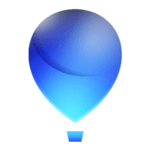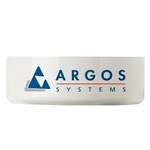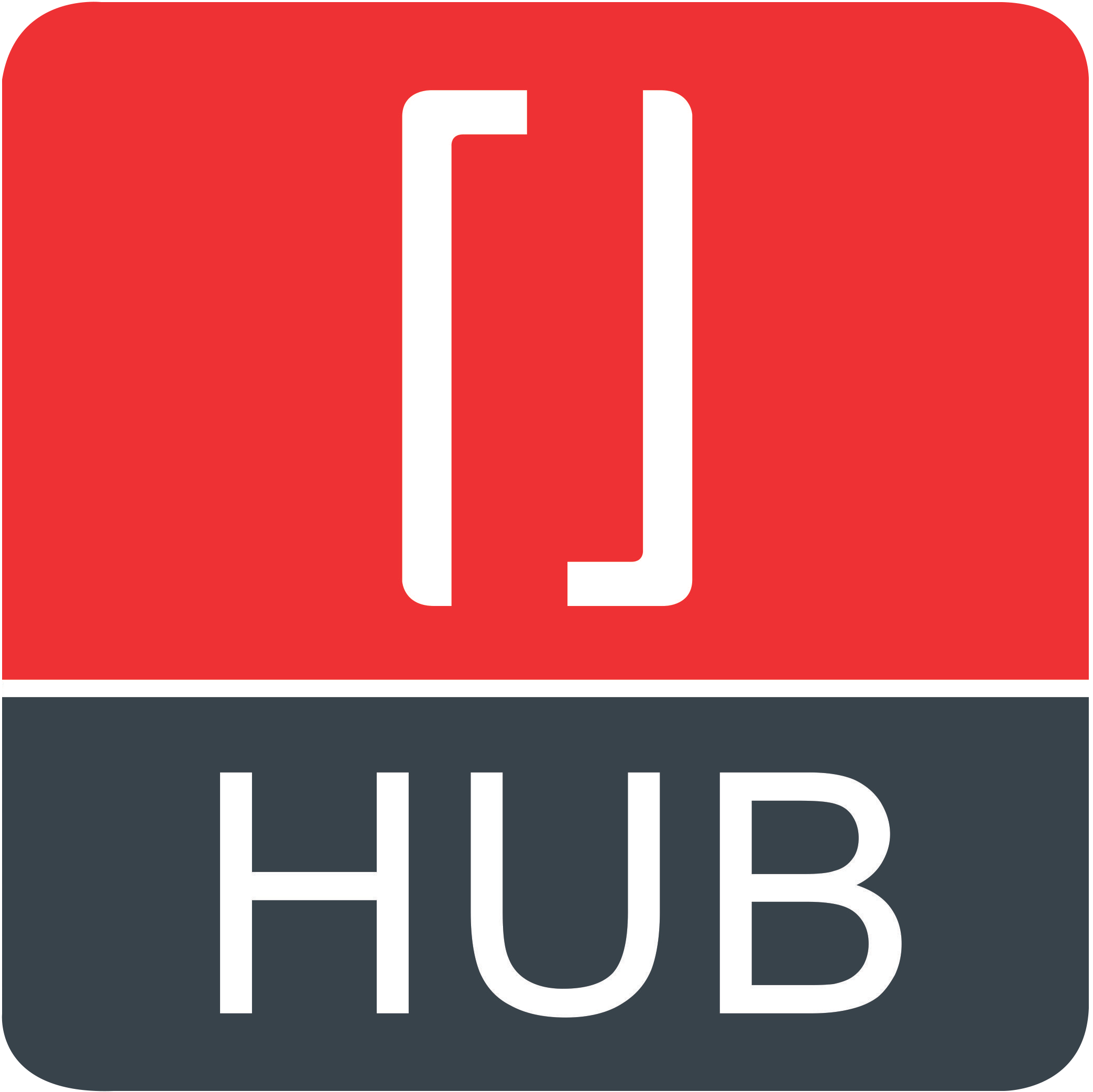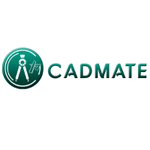Description

CorelDRAW

nanoCAD
Comprehensive Overview: CorelDRAW vs nanoCAD
CorelDRAW Overview:
a) Primary Functions and Target Markets:
- CorelDRAW is a powerful graphics design software best known for its vector graphic editing capabilities. It is widely used for a range of design tasks including illustration, layout, photo editing, and typography. The software is often utilized by graphic designers, artists, and businesses for creating promotional materials, web graphics, signage, and complex photo manipulations.
- Target Market: CorelDRAW targets professionals in graphic design, marketing, advertising, and publishing. It caters to industries that require precise vector graphics and high-quality image editing tools.
b) Market Share and User Base:
- CorelDRAW is one of the leading graphic design tools globally, though it tends to have a smaller share compared to market giants like Adobe Illustrator within the professional graphic design industry. Despite this, it maintains a loyal user base, partly due to its competitive pricing and comprehensive features that appeal to both freelancers and small to medium enterprises.
c) Key Differentiating Factors:
- User Interface and Usability: CorelDRAW is noted for its user-friendly interface and customizable workspace, which is praised for being intuitive, especially for beginners.
- Feature Set: It offers robust tools for vector illustration, photo editing, and page layout within a single application, unlike Adobe’s suite which separates these functions across different applications.
- Price Point: CorelDRAW often provides a more cost-effective solution with perpetual licenses, appealing to users who prefer a non-subscription-based model.
- Compatibility: It supports a wide range of file formats, ensuring flexibility and interoperability with other software.
nanoCAD Overview:
a) Primary Functions and Target Markets:
- nanoCAD is a CAD (Computer-Aided Design) application known for providing a professional-grade toolset for 2D and 3D design. Its cost-effectiveness and compatibility with other CAD systems make it suitable for engineers, architects, and designers who require precise and efficient drafting tools.
- Target Market: It targets professionals in architecture, engineering, construction, and manufacturing industries. NanoCAD offers an alternative for companies and individuals seeking a low-cost CAD solution with features akin to AutoCAD.
b) Market Share and User Base:
- nanoCAD has a niche yet growing presence in the CAD market. While it doesn't compete directly with AutoCAD in terms of market dominance, it has carved out a considerable user base among budget-conscious businesses and freelancers seeking high-quality drafting tools without a steep price tag.
c) Key Differentiating Factors:
- Cost-Effective: nanoCAD is notably more affordable, offering robust features at a lower price point compared to major CAD platforms like AutoCAD. It often provides free versions or perpetual licenses, making it attractive for small businesses.
- AutoCAD Compatibility: nanoCAD boasts strong compatibility with AutoCAD, supporting DWG file formats, ensuring seamless file sharing and collaboration across different CAD platforms.
- Familiar User Interface: Its interface is designed to be similar to AutoCAD, minimizing the learning curve for professionals accustomed to the standard CAD environment.
- Customization and API Support: nanoCAD is flexible with advanced customization options and comes with an API for users looking to integrate additional functionalities or third-party applications.
In conclusion, while CorelDRAW and nanoCAD both serve different purposes and markets—graphic design and CAD engineering respectively—they both offer features designed to provide cost-effective solutions to professionals looking for high-quality tools in their respective fields. Their primary differences lie in their target audience, core functionalities, and pricing strategies.
Contact Info

Year founded :
Not Available
Not Available
Not Available
Not Available
Not Available

Year founded :
2022
+49 5645 8626
Not Available
Norway
http://www.linkedin.com/company/nanocad
Feature Similarity Breakdown: CorelDRAW, nanoCAD
When comparing CorelDRAW and nanoCAD, both software products serve the design and drafting industries, although they are oriented towards slightly different use cases: CorelDRAW for graphic design and illustration, and nanoCAD for CAD drafting and technical drawing. Here’s a breakdown of feature similarities and differences:
a) Core Features in Common
-
Vector Graphics Support:
- Both CorelDRAW and nanoCAD support vector-based drawing, which allows for scalability without loss of quality.
-
Layer Management:
- Both applications offer layer management capabilities, enabling users to organize different elements of their designs systematically.
-
Precision Tools:
- Precision is key in both graphic design and CAD, and both tools offer precision alignment and snapping features.
-
Customizable Interface:
- Both allow some level of customization to the user interface to better align with the user’s workflow and preferences.
-
File Format Compatibility:
- Both programs can import and export various file formats for compatibility with other design or CAD software. CorelDRAW commonly works with formats like CDR, AI, and PDF, while nanoCAD supports DWG and DXF formats.
b) Comparison of User Interfaces
-
CorelDRAW:
- The interface is more artistically inclined, with features and tools easily accessible by designers who work primarily on graphics, illustrations, and layouts.
- Emphasizes creativity tools with a wide range of colors, effects, and artistic tools.
- It tends to be more colorful and has a focus on ease of use for graphical workflows.
-
nanoCAD:
- The interface is more engineering-focused, designed for CAD users who need precision in technical drawing.
- It resembles traditional CAD software, which may be more intuitive for users familiar with platforms like AutoCAD.
- Lacks the artistic embellishments of CorelDRAW but offers a straightforward and no-nonsense layout conducive to engineering tasks.
c) Unique Features
-
CorelDRAW Unique Features:
- Illustration and Page Layout Toolkit:
- Offers extensive artistic effects, typography tools, and layout options that cater to graphic designers.
- Advanced Color Management:
- Provides robust color management systems for professionals needing precise color matching.
- Integrations and Plugins:
- Supports a broader range of third-party plugins and integrations for creative processes.
- LiveSketch Tool:
- Proprietary tool enabling real-time sketching in vector form, appealing for creative illustrations.
- Illustration and Page Layout Toolkit:
-
nanoCAD Unique Features:
- DWG Native Support:
- Being built on the DWG format ensures seamless interoperability with other CAD programs and projects, particularly in engineering.
- Parametric Design Tools:
- Includes a set of parametric tools that may be more advanced for handling detailed engineering drawings.
- Automation Tools:
- Strong focus on offering APIs and automation tools via LISP, VBA, and scripts for custom workflows and batch processing.
- Cost-Effectiveness:
- A more budget-friendly option for users needing professional CAD tools without the extensive features offered by leading CAD software.
- DWG Native Support:
Conclusion
While both CorelDRAW and nanoCAD offer design and drawing capabilities, CorelDRAW is more suitable for creative graphic design and illustration, whereas nanoCAD is tailored for technical CAD drafting and engineering tasks. Users should choose based on whether their primary need leans towards creative artwork or precision engineering.
Features

Collaboration and Sharing
Output and Publishing
User Interface
Design Tools
Text and Typography

User Interaction
Data Management
Core Drawing Tools
Collaboration Tools
Best Fit Use Cases: CorelDRAW, nanoCAD
CorelDRAW and nanoCAD serve distinct purposes and are designed for different types of users, industries, and projects. Here's a breakdown of their best fit use cases for each:
CorelDRAW
a) For what types of businesses or projects is CorelDRAW the best choice?
CorelDRAW is a vector graphics editor widely used for:
- Graphic Design and Illustration: Ideal for professionals and businesses that work in graphic design, including logo creation, marketing materials, and branding assets.
- Advertising and Marketing Agencies: Suitable for creating visually engaging advertisements and promotional materials like brochures, banners, and posters.
- Print and Publishing: Publishers and print shops use CorelDRAW for layout design, typography, and preparing print-ready files.
- Fashion and Textile Design: The tools and templates in CorelDRAW work well for creating textile patterns and fashion illustrations.
- Small to Medium Design Studios: Offers a broad set of features at a competitive price, making it appealing for smaller studios with limited budgets.
nanoCAD
b) In what scenarios would nanoCAD be the preferred option?
nanoCAD is a CAD software that provides a comprehensive set of design tools used primarily for:
- Architecture and Engineering Firms: It's an affordable option for creating detailed architectural plans, engineering designs, and technical drawings.
- Manufacturing and Mechanical Design: Useful for drafting mechanical components and layouts thanks to its robust 2D and 3D modeling capabilities.
- Construction and Civil Engineering: Supports design work in infrastructure and civil projects with its precise drawing and documentation features.
- Organizations Needing Cost-Effective CAD Solutions: nanoCAD provides a cost-efficient alternative to more expensive CAD software, appealing to businesses that need a reliable drafting tool without the high costs.
Industry Verticals and Company Sizes
d) How do these products cater to different industry verticals or company sizes?
-
CorelDRAW:
- Industry Verticals: Primarily serves creative industries like graphic design, printing, fashion, and advertising.
- Company Sizes: Suited for freelancers, small to medium enterprises (SMEs), and design departments within larger corporations that prioritize graphic design tasks but do not require complex CAD functionality.
-
nanoCAD:
- Industry Verticals: Targets industries where technical drafting and precise engineering designs are crucial, such as architecture, mechanical engineering, and construction.
- Company Sizes: Attractive for small to medium-sized businesses and startups looking for an economically feasible CAD solution. It can also fit well within larger organizations as a supplementary tool or for users with less demanding CAD needs.
In essence, CorelDRAW is more aligned with creative industries focusing on vector graphics and design, whereas nanoCAD excels in technical drafting and precision work across engineering and architectural domains. Each caters to different business needs, from creative professionals and marketing teams to engineers and architects.
Pricing

Pricing Not Available

Pricing Not Available
Metrics History
Metrics History
Comparing teamSize across companies
Conclusion & Final Verdict: CorelDRAW vs nanoCAD
When comparing CorelDRAW and nanoCAD, it's crucial to understand that they cater to different types of users and design needs. Here's a comprehensive analysis and conclusion based on various factors:
a) Best Overall Value
CorelDRAW:
-
Pros:
- Versatility and Features: CorelDRAW is a well-established graphic design software known for its wide range of features suitable for designing vectors, illustrations, and layouts. It offers powerful tools for artists and designers who require precision and creativity.
- User-Friendly Interface: Known for its intuitive interface, it makes it easier for new users to get started quickly.
- Cross-Platform Support: Available for both Windows and Mac, thus offering flexibility for users on different operating systems.
- Community and Support: A larger user base means more tutorials, forums, and support resources.
-
Cons:
- Cost: CorelDRAW can be relatively expensive, especially the subscription model, which might not be feasible for casual or occasional users.
- Resource Intensive: Requires a robust system to run smoothly, which could be a barrier for users with older hardware.
nanoCAD:
-
Pros:
- Affordability: Known for being cost-effective, nanoCAD offers a lot of value, especially for those who need a CAD software without breaking the bank.
- Compatibility: It features compatibility with industry-standard DWG files, making it a practical choice for engineers and architects who work in highly technical environments.
- User Interface: Similar to more expensive CAD tools, making it easier for professionals to migrate.
- Free Version Available: nanoCAD offers a free version with essential features, appealing to individuals or small businesses on a tight budget.
-
Cons:
- Limited Advanced Features: While great for basic to intermediate CAD tasks, nanoCAD may lack the advanced features found in higher-end CAD software required for specialized tasks.
- Windows Only: Currently, it is primarily available for Windows, limiting its usability for Mac users.
b) Recommendations and Final Verdict:
For Graphic Designers:
- Recommendation: CorelDRAW is the superior choice due to its robust graphic design capabilities, intuitive interface, and cross-platform support. It's particularly well-suited for creative professionals who require a comprehensive tool for digital content creation.
For Engineers and Architects:
- Recommendation: nanoCAD offers the best value, particularly for those looking for a cost-effective CAD solution. Its DWG compatibility and familiar interface make it an attractive option for standard CAD tasks.
c) Specific Recommendations:
- Assess Your Needs: Determine whether your primary need is for graphic design or CAD. CorelDRAW is more aligned with artistic and creative projects, whereas nanoCAD is tailored for technical and architectural designs.
- Budget Considerations: If cost is a significant concern, especially for smaller projects or personal use, nanoCAD's affordability (with its free version and cheaper paid options) offers a clear benefit.
- Platform Requirements: If you require software on a Mac, CorelDRAW should be considered over nanoCAD.
- Future Growth: Consider the scalability of your projects. If you anticipate needing advanced design features, investing in CorelDRAW, despite its higher cost, might prove beneficial in the long run.
In conclusion, the best option depends largely on the specific needs and constraints of the user, but both CorelDRAW and nanoCAD offer excellent value within their respective domains.
Add to compare
Add similar companies



